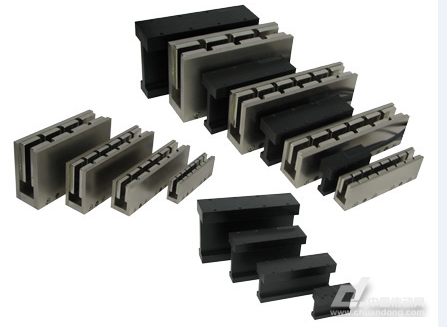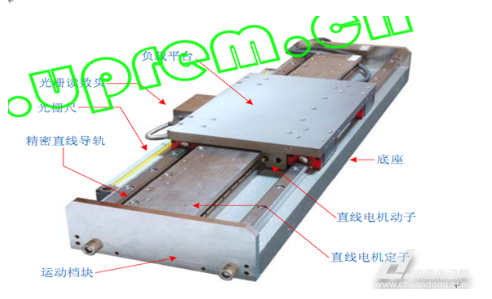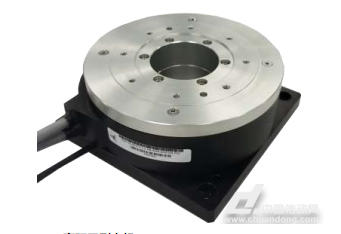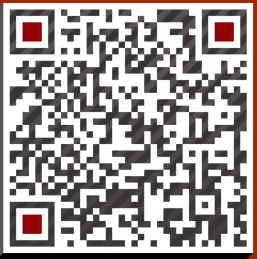When a general motor drives a load, it needs to be driven by a transmission device (such as a transmission belt). In fact, there is another type of motor that can save the transmission device and directly drive the load. This type of motor uses the "direct drive technology". Direct drive motor.
Direct drive technology is simply the technology of directly coupling a moving load and a motor mover.
The transmission mechanism of ordinary motors is that the motor mover passes the motor shaft and then connects the load through a series of mechanical transmission mechanisms such as couplings, screw rods, timing belts, racks, reducers, etc. In this process, from a mechanical perspective The possibility of factors such as clearance, elastic deformation, friction damping, etc. has been increased, resulting in reduction and loss of equipment rigidity and response characteristics.
However, motors that use direct drive technology to drive the load can avoid and reduce these losses.
Advantages of direct drive motors
Direct drive motor, short for direct drive motor. It mainly means that the motor does not need to pass through the transmission device (such as transmission belt) when driving the load. Direct drive motors are suitable for all types of washing machines. The main benefits include quietness, energy saving, smoothness and strong power.
(1) Direct drive. The rigid connection is directly adopted between the motor and the driven workpiece, without the need for intermediate links such as screw rods, gears, and reducers, and the problems of backlash, inertia, friction, and insufficient rigidity in the transmission screw rod drive system are largely avoided .
(2) High speed. The normal peak speed of linear motors can reach 5-10m / s; the speed of traditional ball screws is generally limited to 1m / s, and the amount of wear is also high.
(3) High acceleration. Because there is no contact friction between the mover and the stator, the linear motor can achieve higher acceleration; the larger linear motor has the ability to achieve acceleration of 3-5g, and the smaller linear motor can achieve more than 30-50g (wire welding machine) ); DDR is usually used for high acceleration, DDL is used for high speed and high acceleration.
(4) High accuracy. Due to the direct drive technology, the errors caused by the intermediate mechanical transmission system are greatly reduced. Using high-precision grating detection for position positioning and improving system accuracy can make repeatable positioning accuracy within 1um, which meets the application of ultra-precision occasions.
(5) Wide range of motion speed. The linear motor can run at a minimum speed of 1um / s and a maximum speed of 10m / s to meet the needs of various occasions.
(6) Low noise, simple structure, low maintenance cost, can run in dust-free environment, etc.
Classification of direct drive motor
Direct drive motors are mainly classified into linear motors (linear motors), torque motors (DD motors), and voice coil motors.
Linear motor
A linear motor is a transmission that directly converts electrical energy into linear motion mechanical energy without the need for any intermediate conversion mechanism. It can be seen as a rotating electric machine cut in a radial direction and spread out into a plane. The most commonly used linear motor types are flat, U-slot, and tube. The typical composition of the coil is three-phase, and brushless commutation is achieved by Hall elements.
In principle, a linear motor can be viewed as cutting a conventional servo motor in the radial direction and unrolling the circumference of the motor into a straight line. When the coil (mover) is energized, a magnetic field is generated in the air gap between the stators. The magnetic field lines and the stator permanent magnets cut the magnetic lines of force to generate driving forces, thereby achieving linear motion.

图1直线电机原理图
(1) Classification of linear motors
A. Ironless linear motor (U-shaped motor)
The mover only has a coil, there is no magnet, and there is no suction between the moving stators; there is no cogging effect, and it is easy to achieve a smoother movement and achieve higher precision.

Figure 2 Ironless Linear Motor
B. Linear motor with iron core (flat motor)
The mover only has a magnet inside the coil, and there is a strong suction between the moving stators, which can generate a large thrust.

Figure 3 Linear motor with iron core
C. Linear motor module

Figure 4 Linear Motor Module
Torque motor is a special motor with soft mechanical characteristics and wide speed range. The shaft of such a motor does not output power at a constant power but at a constant torque. Torque motors include: DC torque motors, AC torque motors, and brushless DC torque motors.
DD motor is a finished product, which contains the motor's mover, stator, bearing, reading head, etc. Generally speaking, customers can install and use it directly after purchase, similar to linear modules. It is mainly used in the application of indexing disks, similar to the stop of a work station. Torque motor (DD motor)

Figure 5 Torque motor
Voice coil motor
The so-called VoiceCoilMotor is named because of its structure similar to that of a horn. It has the characteristics of high frequency response and high precision.
The voice coil motor is also a type of direct drive motor. It is mainly used in Z-axis light loads, short strokes, high-frequency reciprocating movements, and also suitable for force control applications.

Figure 6 Voice coil motor
Typical applications of direct drive motors
As a new technology, the range of use of direct-drive motors has yet to be expanded. At present, it is mainly used in the following equipment industries.
1.FPC reinforcement machine
2.High-speed placement machine
3. Laser cutting and welding
4.COGFOG binding
5. High-precision testing equipment
6.LED sorting binding
7.IPHONE, APPLE peripheral related equipment





